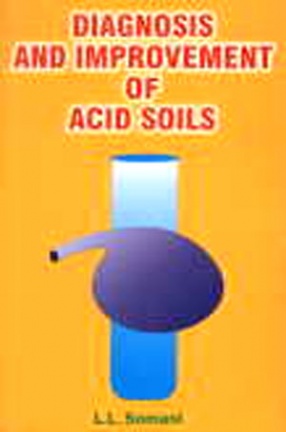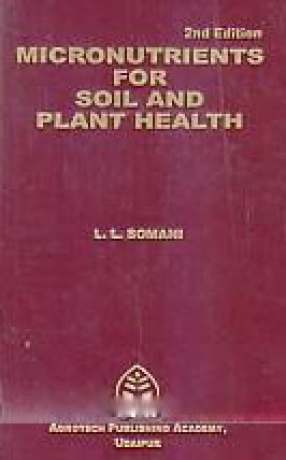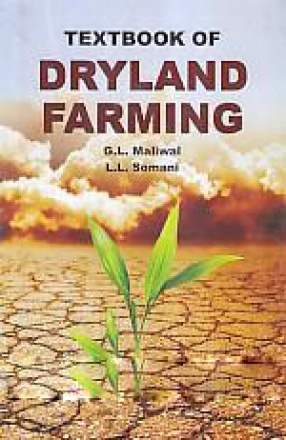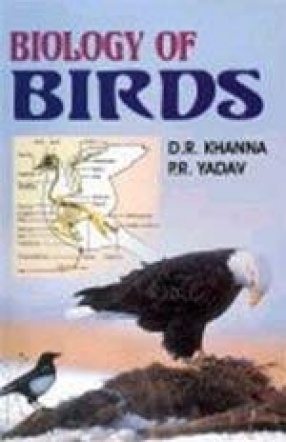According to FAO estimates, additional land must be incorporated into agriculture to meet the food and fibre needs of mankind. The largest reserves of potential arable land still available in the world are acid soils. Acid soils are developed under high rainfall conditions and, because of their specific nature, pose several problems for successful crop production. Aluminium and other toxicities associated with it, low contents of plant nutrients, trace element deficiencies and disease hazards have all hindered the intensification of agricultural production on these soils. Subsoil acidity is particularly harmful as it results in shallow rooting, susceptibility to drought and inefficient utilization of plant nutrients.
During the last five decades significant advances have been made in the diagnosis and improvement of acid soils for successful crop production. This book include chapters on important aspects of crop production in acid soils viz. physiology and biochemistry of acid tolerance, agronomic management of acid soils, liming of acid soils, reclamation and management of acid sulphate soils and crop production with subsoil acidity.
It is the aim or this monograph to review the experiences already acquired and to summarize the research findings which have already become available.








There are no reviews yet.